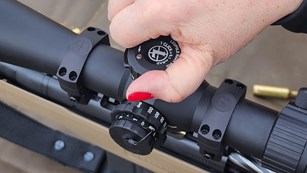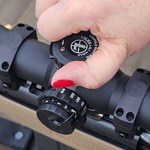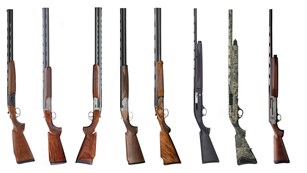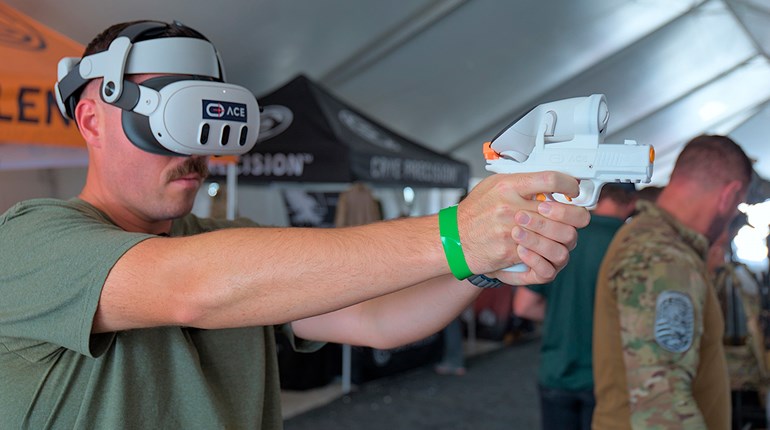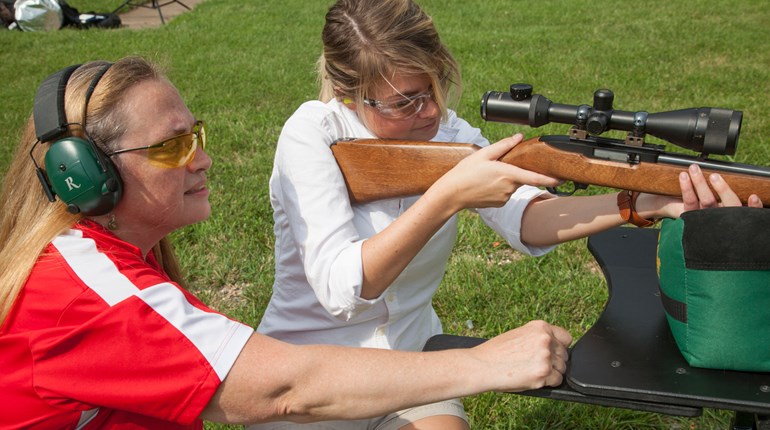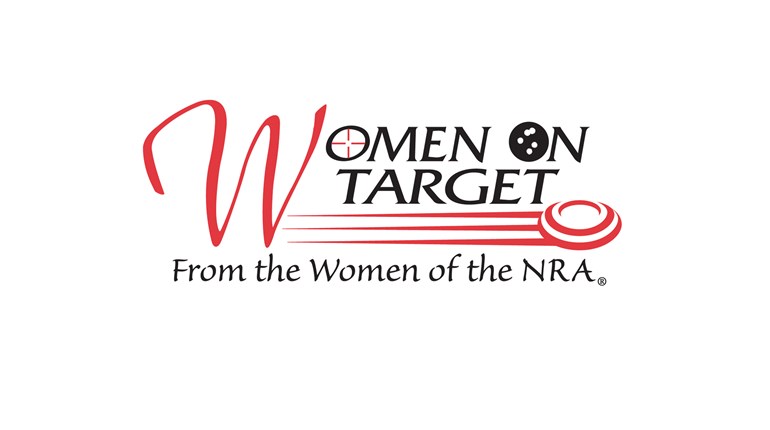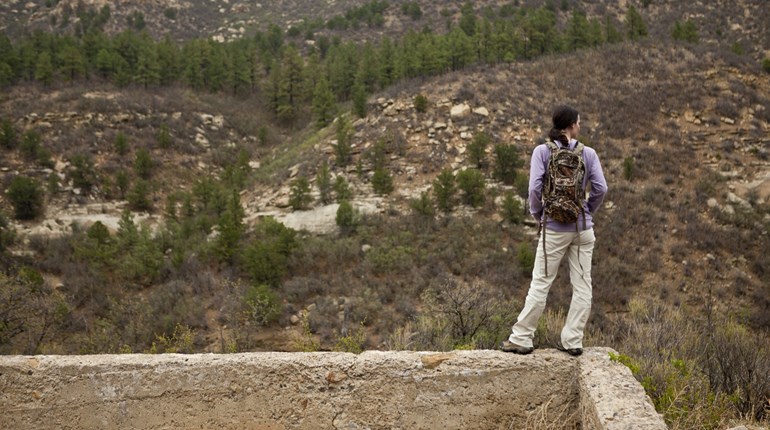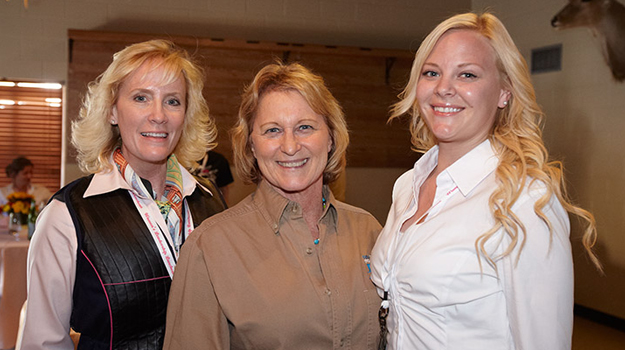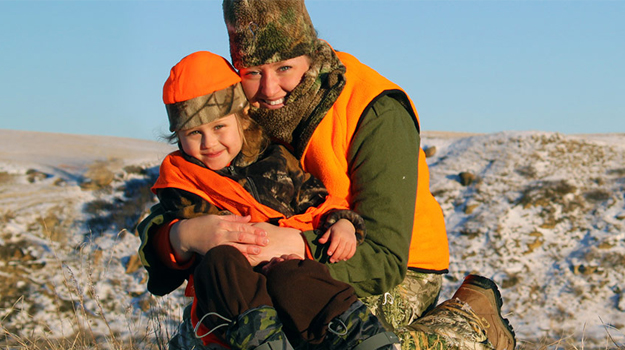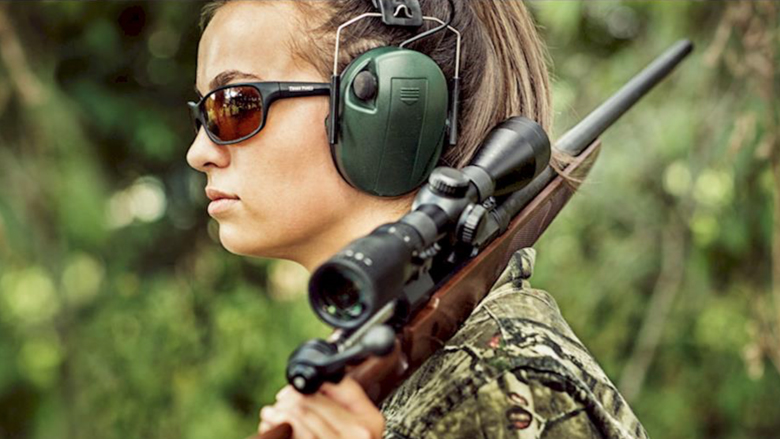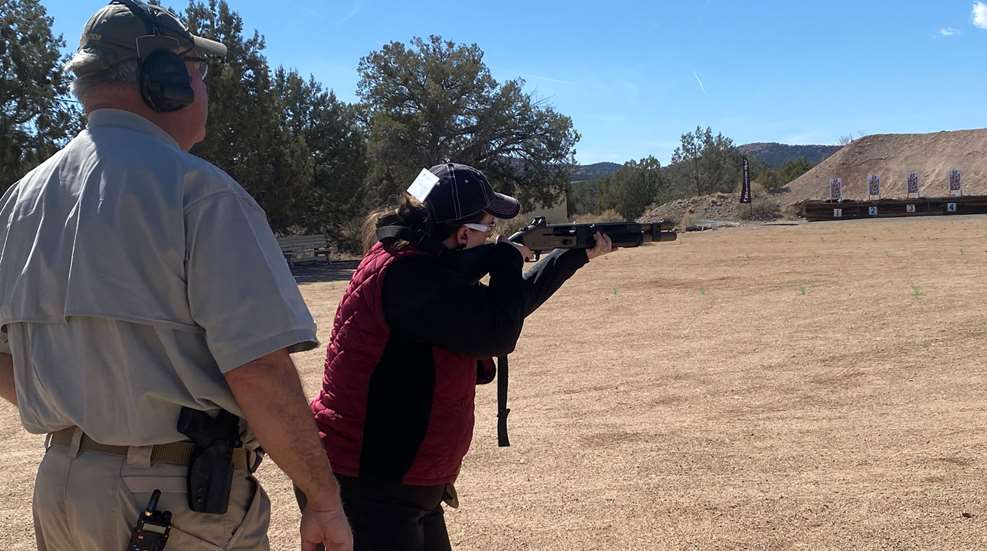
We talk a lot about how important it is to train with our firearms, but we don’t always explain exactly what training is. It’s not going to the range, throwing lead downrange and calling it a fun day—that’s just shooting. Think about it: Did you learn anything?
If you didn’t learn anything, it’s because you weren’t training. Training is different from just shooting in that you’re intentionally working on something specific in your process or your physical game. It might be something like, “OK, this range session I’m really going to concentrate on a smooth trigger press and follow-through,” or “I’m going to practice mounting my shotgun to my face before it comes to my shoulder” or “I’m going to make sure my stance is right, with my weight forward, knees slightly bent, and my feet facing the target—not splayed out sideways.”
Those are specific parts of the shooting process that you can work on, and this is how you get better—picking one or two parts of your game to focus on. Eventually, you’ll have trained that aspect of shooting so well that it becomes automatic, and you can follow through with the trigger or mount your shotgun near-perfectly every time without having to think about it. Then you move on to train something else.
This is proper training, and it’s not always as fun as just shooting a bunch of rounds with no plan other than to enjoy yourself. But just randomly shooting at targets doesn’t help you improve, and it might even make things worse if you’re reinforcing bad habits.
The other thing you need to do, which is even less fun but vitally important, is train to your weakness. Get the fundamentals down first, but after that, you must push yourself to shoot faster, get more accurate hits, break targets you have struggled with, or perform more smoothly under pressure. The only way you’ll find your weak spots is to push yourself out of your comfort zone until you hit a wall—and then you’ll know what to train next.
Failure isn’t fun, but it’s how we learn. Sporting clays coaches Gil and Vicki Ash put it like this: “Failure is the first step in learning any skill, and we have come to understand that self-correction is one of the biggest things that improves shooting performance and consistency—and it is learned on the practice field.” You have to lose before you can win. We get it—missing targets and shooting wide-open groups is no fun, because it feels like you’ve failed. But if you don’t push past the fun stuff and get into the this-is-hard stuff beyond your skill level, it’ll remain beyond your skill level forever. You’ll never get where you want to go if you only work on the things you’re already good at.
As mentioned, your fundamentals need to be solid before you can really start pushing boundaries—if you push yourself to draw from concealment and get three shots on target faster and faster, but you’re still forgetting to look at your front sight even when you’re not being timed, you’re going to fail, and not the good kind of failure. Training to your weakness before you’ve got the fundamentals down is only going to discourage you. On the other hand, once you’re a solid shooter and you’re pushing yourself to improve speed, accuracy, distance or performance under pressure, training to your weakness is encouraging. You’ll find your limit and then you’ll know how to push past it.
You might discover that crossing sporting clays targets are easy within 35 yards, but beyond that, you start to struggle. That’s a weakness, and those are the types of targets you should focus on in your next training session. Or you might discover that although you can shoot a Mozambique drill accurately, when you try to push yourself to do it in less than four seconds, you start shooting high on the head shot. While training this drill over and over will help, it’ll help even more if you can figure out what you’re doing wrong. You can’t shoot the same crossing clay target the same way over and over again expecting it to suddenly start breaking—you have to change something you’re doing. Try more lead. Try less lead. Try breaking it later in the flight path or letting your eyes pick it up closer to the trap.

When it comes to self defense, some training under pressure will help you find your weaknesses very quickly and expose aspects of your shooting or your mental process that you need to work on. You might be surprised that your weakness isn’t what you expected it would be. Many exercises in a Gunsite Academy shoot house have taught me this: Excellent shooters sometimes fall apart in simulations, and it’s common for students to shoot the gun in the paper bad guy’s hand rather than aim for the vital zone. “They see the gun, shoot the gun,” instructor Mario Marchman told me, pointing to a number of taped-up bullet holes in the bad-guy target. In that case, the weakness isn’t accuracy (the students hit what they were aiming at), it is hyperfocusing on the wrong part of the threat and letting your hands move faster than your brain.
Not all shooting is training, as real training involves setting goals and very intentionally working on a specific aspect or skill. And the way you figure out what you should be training next is to push yourself to the point of failure. That might be speed, or accuracy, or certain targets that are moving on a specific trajectory or at a specific distance. It might be a physical weakness—like one of your fundamentals such as stance or grip starts to get sloppy at speed. Or it might be a mental weakness, such as panicking when the timer goes off or forgetting your proper aim point under pressure. All of these things are important to find out in practice so that you can train them, and they shouldn’t be thought of as failures, but rather opportunities to improve. If you train to your weakness, your next training regimen becomes obvious, and remember: You can’t win without losing first.


